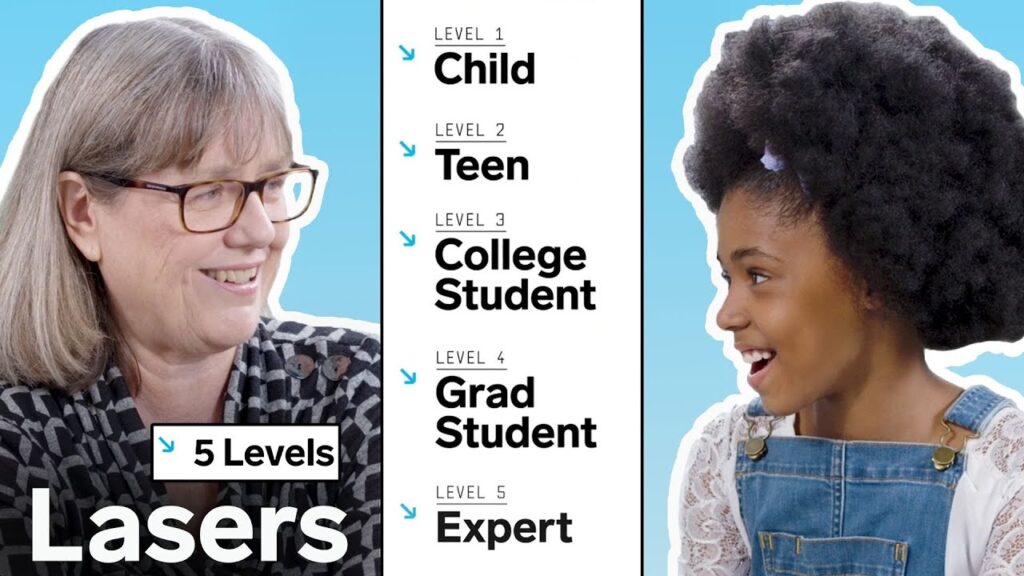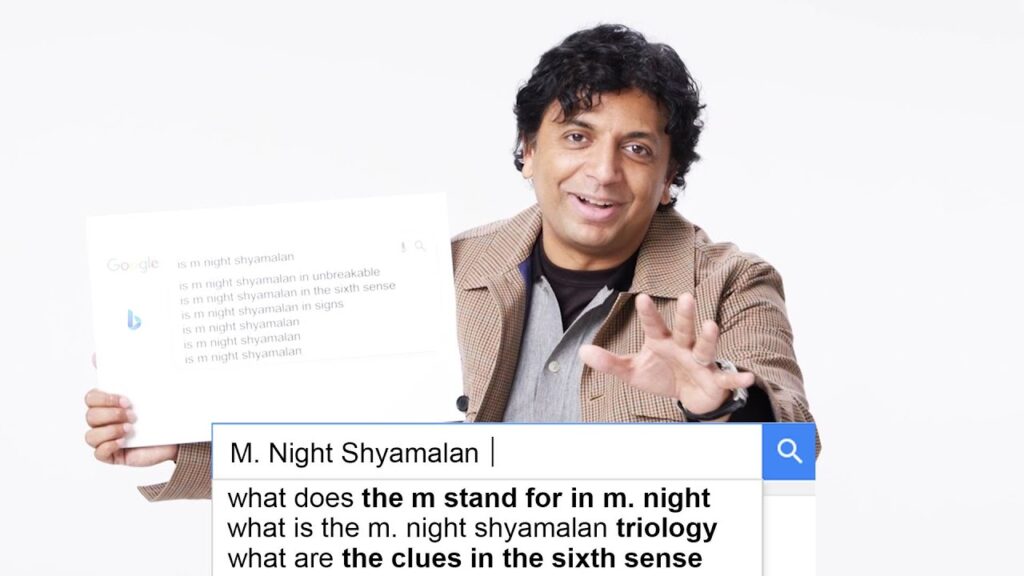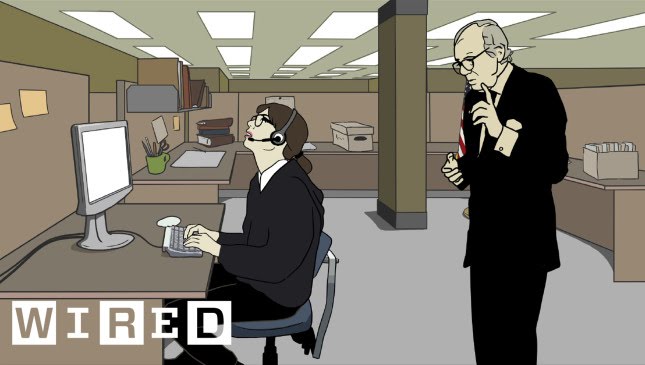Tomorrowland: An Introspective View with Brad Bird
Summary
Brad Bird, the director of renowned movies like The Incredibles and Mission Impossible: Ghost Protocol, takes viewers on a tour through Tomorrowland in his latest movie. Viewing Tomorrowland as a world of wonder, awe, and spectacle, Brad Bird’s single six-minute continuous shot reveals the futuristic world in all its glory. Industrial Light and Magic (ILM) in San Francisco was tasked with bringing Bird’s vision to life. They had to split the entire sequence into seven or eight shots with each shot consisting of three or four plates that needed to be integrated into the magical and futuristic realm of Tomorrowland the ILM team created. With the sequence taking almost ten months to stitch and composite, the Dolby Vision format’s introduction to this movie provides greater dynamic range and extra sharpness.
Table of Contents
- The magical world of Tomorrowland
- The challenges ILM faced
- Dolby Vision’s impact on compositing
- The future of compositing
- The Summer blockbuster season
The magical world of Tomorrowland
In Tomorrowland, Brad Bird takes viewers on a fantastic journey through a magical and futuristic world of wonder, awe, and spectacle. Bird’s epic sequence unveils Tomorrowland in all its glory, a continuous six-minute shot that was nothing short of breathtaking. Starting from the beginning of the city, the journey takes us through a monorail and ends at the spaceport, where our hero is about to board a spaceship. The world Bird has created is not just for entertainment; it’s an optimistic view of the future that instills hope in viewers.
The challenges ILM faced
The task of bringing Bird’s vision of Tomorrowland to life was up to ILM in San Francisco. The team split the entire sequence into seven or eight shots, which comprised three or four plates that had to integrate seamlessly into the magical world and futuristic technology Bird had imagined. Each shot had about twelve artists working at various levels to create a single six-minute shot that took almost ten months to stitch and composite. Different locations were used to shoot, some in Spain, some in Vancouver, and none with motion control, adding to the complexity of aligning all the various plates.
Dolby Vision’s impact on compositing
Dolby introduced Dolby Vision, a new format that provides a wider dynamic range and more contrast to films. Tomorrowland is the first movie released in this format. The Dolby Vision format brought new challenges for ILM’s team, who were the first studio to work with the format. With the Dolby format’s introduction, compositing will undergo significant changes as 4K HDR materials and monitors that can display those values become commonplace. The Dolby Vision format provides an extra sharpness that will change the way films are composited, enhancing details and sharpness with greater contrast between interior and exterior shots.
The future of compositing
As technology advances, the future of compositing is becoming increasingly apparent. Dolby Vision’s introduction will inspire the development of new monitors capable of displaying better image quality. From a broader perspective, it’s not just about viewing content but creating it. The possibilities and future of compositing are exciting and limitless, with the potential to transform films and entertainment.
The Summer blockbuster season
Summer is blockbuster season, and ILM has several projects that are sure to amaze viewers. With their innovative use of technology and imagination, their creativity and attention to detail make them an industry leader. Famous for their work on franchises such as Star Wars, Indiana Jones, and Pirates of the Caribbean, they have a reputation for excellence that continues to this day. Stay tuned for more thrilling and behind-the-scenes action by subscribing.
Conclusion
Brad Bird’s Tomorrowland is a glimpse into a future full of wonder and optimism. With the creative vision of Bird and the technical expertise of the team at ILM, Tommorrowland comes alive in a way that is unlike any other. Dolby’s Vision format provides even greater contrast and detail, taking the viewing experience to a whole new level. The future of compositing is bright, and with ILM’s upcoming projects, we can continue to expect entertainment that leaves us in awe.







